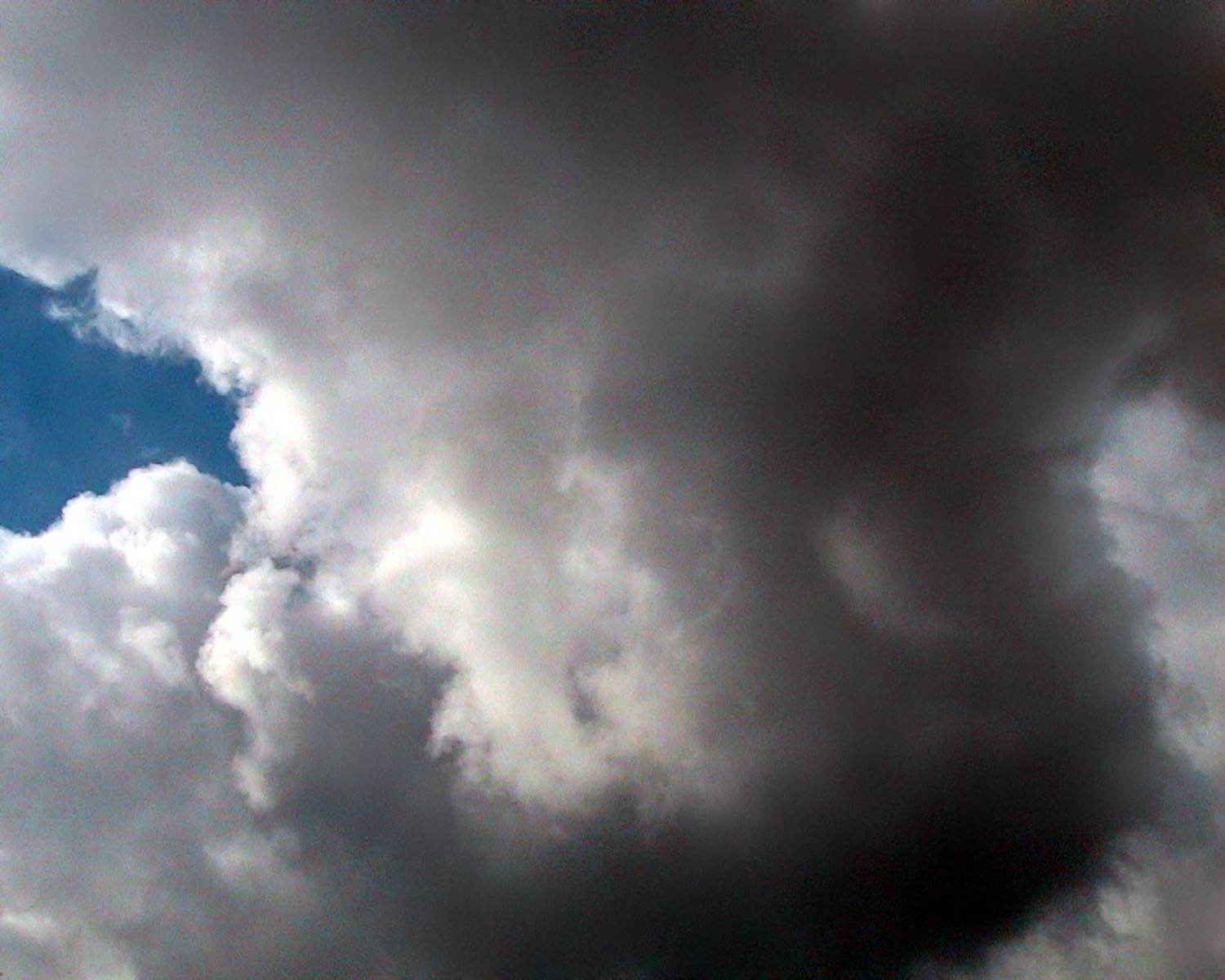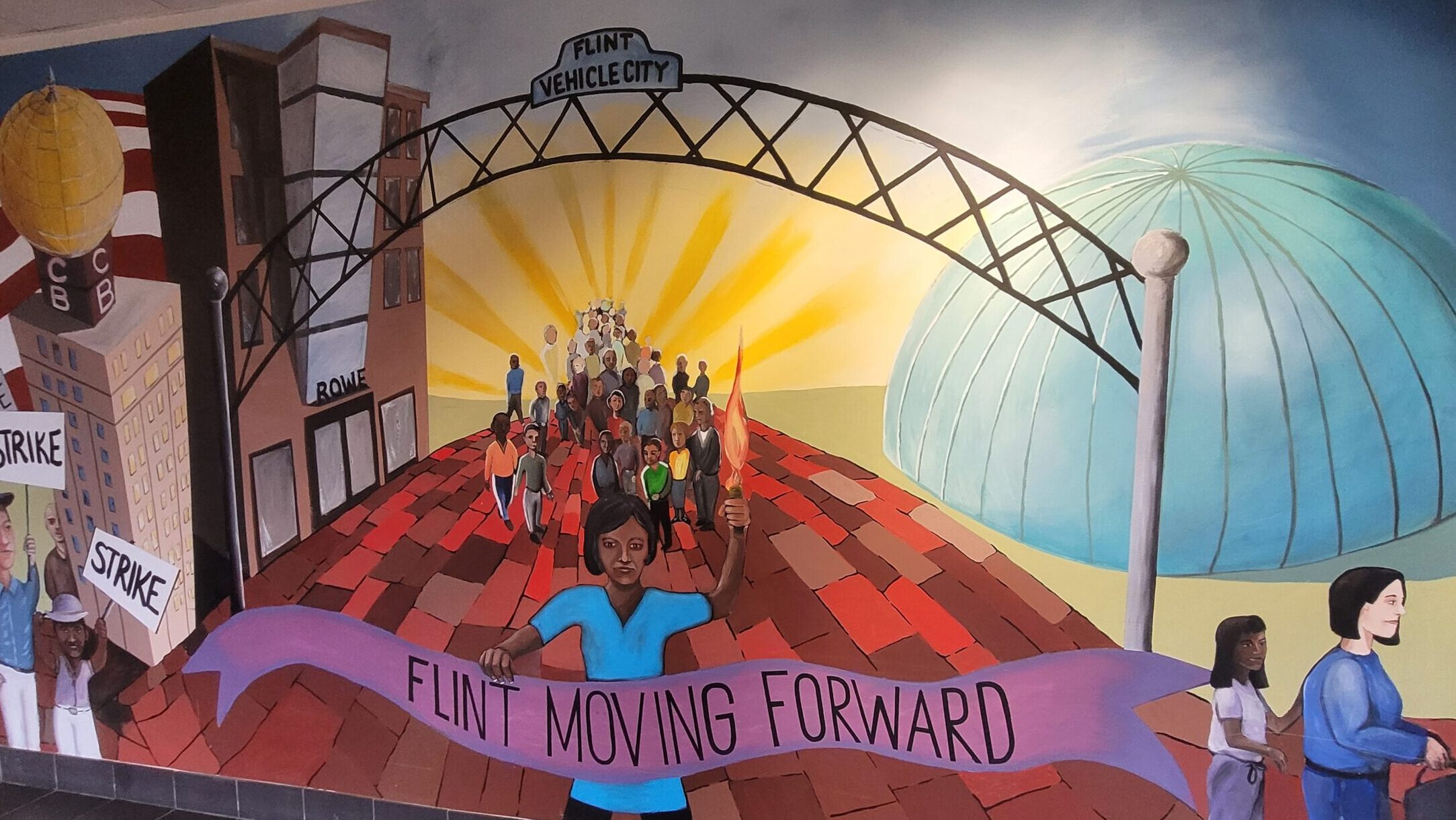As Mark Twain (actually, it was his friend) famously said, “Everybody talks about the weather, but no one does anything about it.” This is not true in a newsroom.
Probably anyone who has worked at a daily newspaper for even a short time is familiar with the Weather Story. It’s a whole genre, one that elicits a sort of collective groan from reporters, especially the junior ones who get stuck writing them. Sometimes it becomes a whole team effort—all hands on deck, everyone abandoning projects to kick into overdrive and call power services and government agencies and wander the streets: a big storm is coming to town.
People read weather stories. When I worked at a local paper, I regularly wrote stories with headlines like, “Fog coats morning commute in Bay Area, warm weather expected for weekend.” These were often the most read stories on the site on a given day. This surprised me at first: who wants to read about the weather? But after awhile, I started to figure out the appeal—some people don’t just want to know what the weather is going to be; they want a story about the weather with a beginning, middle, and end.
I wrote a weather story most days while I worked at the newspaper. When I got into the newsroom early in the morning, I would call up the local division of the National Weather Service. One of the three or four meteorologists I got to know by voice would pick up, and we’d have a long chat about various things: expected highs and lows in surrounding counties, any impending temperature records, wind speed, fog, snow in the mountains, and above all else, rain.
Because we were in California, our main preoccupation was with water: was there going to be rain in the next week? How much? How close would that be to yearly records? How was snowpack in the mountains? How were reservoir levels? How close were we to drought conditions? It was a drier-than-normal winter in California when I did most of my weather reporting. I got pretty good at different ways of saying: it’s a lot drier than it’s supposed to be.
When there was rain, it was often an A1 story, complete with photos of people wandering around with umbrellas looking unhappy. (I was once sent out to interview crossing guards in the light drizzle about “how the rain affected their work.” Everyone I approached looked at me like I was insane, which I obviously kind of was).
But mostly it didn’t rain and we were anticipating a lot of storms that didn’t come. “The winter’s most anticipated storm was little more than a second-place finisher in terms of Bay Area rainfall,” I once wrote, insanely, as though everyone else had been paying as much attention as I had. Then again, a lot of people were.
We’ve been having a few weeks of weird and dangerous weather in the United States. We have actually been having years of weird and dangerous weather all over the world, but one of the things about telling weather stories is that you need to somehow limit their scope and scale because weather is everywhere and it is constant and it knows no definite bounds. So I will limit it, for the moment, to the last two weeks: in the Midwest, at least 17 people died from extreme cold–or in part because of extreme cold and in part because of the housing and homelessness crisis and in part for other tragic reasons. In the Northeast, the temperature approached 0 degrees and then several days later seesawed up to the 50s. (“Mother Nature can’t make up her mind,” the Washington Post declared.) In the Bay Area on Tuesday, it snowed—a weather story that had local reporters climbing mountains: “Snow warms hearts around Bay Area, drawing many to Bay Area mountains, SF’s Twin Peaks.”
In The New Republic, Emily Atkin criticized the conventions of weather stories, particularly those on broadcast TV during disasters, but also the more regular weather stories that appear every day in newspapers and on the radio. She argued that journalists are still acting like weather is “an act of god”–“Mother Nature can’t make up her mind”–rather than a pattern aligned with observable facts about climate change. I think she is correct, though it’s also a symptom of a larger underlying problem with how all daily news is constructed. The News Cycle is designed to have a definite and time-limited scope. It’s guided by the theory that you could write a story about the weather on a particular day without writing about the impending destruction of the planet.
It was always kind of a trick to stuff disparate things into a single weather story, and to give it the requisite narrative arc. In some parts of the Bay Area, maybe it was hot and in other parts maybe there was a light rain and maybe the next few days would be a mix of rain and sun—how do you write that lede? But it’s also just getting harder and harder to tell weather stories that make any sense. The weather itself is not making much sense. Or maybe the only weather stories that make sense are the broader, scientific stories about trends and patterns; the day-to-day is hard to decipher in a meaningful way. The seasons are blending; weather reporting in California is now interchangeable from fire reporting; people are dying in record numbers because of the weather.
It seems to me that the most realistic way to tell a weather story these days is by abandoning narrative structure altogether. You would have to tell it all at once, as it happens, constantly repeating: and then, and then, and then.





